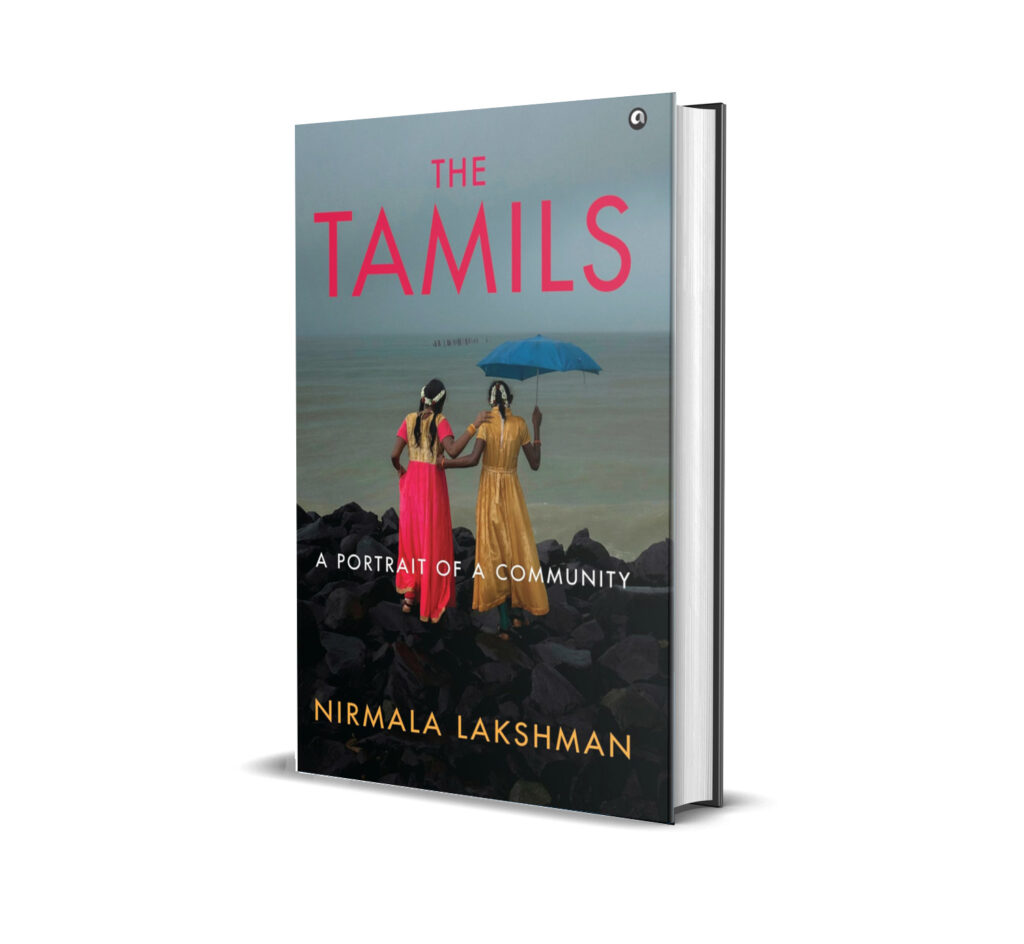The Tamils
Author: Nirmala Lakshman
Publisher: Aleph Book Company
Rating: 4/5
Nirmala Lakshman’s The Tamils stands out for its meticulous scholarship and engaging narrative style, making a complex subject accessible and deeply informative. The writing strikes a fine balance between academic rigour and lyrical prose, inviting readers to explore Tamil history and culture without ever feeling overly dense or inaccessible. Lakshman’s deep connection to her subject is evident in how she interweaves historical analysis with personal observations, lending the narrative both authenticity and warmth.
The book’s plot is thoughtfully structured, progressing chronologically to trace the evolution of Tamil society across millennia. From the Stone Age to the Sangam era, the Bhakti movement, medieval dynasties, colonial struggles, and the challenges of modernity, each chapter unfolds as part of a cohesive journey. Lakshman ensures that no era or theme feels disconnected, using thematic bridges—such as the interplay of religion, politics, and culture—to create a seamless narrative flow. This structure allows readers to grasp the interconnectedness of historical events and cultural shifts, making the book as enlightening for casual readers as it is for scholars.
The narrative structure is further enriched by Lakshman’s ability to balance macro-level analysis with micro-level storytelling. For example, while the book delves into sweeping movements like the Bhakti Renaissance or the Non-Brahmin movement, it also humanizes these events by focusing on individual lives, communities, and artistic expressions that defined them. This dual focus keeps the narrative dynamic, shifting between the personal and the universal to create a multidimensional portrait of Tamil culture.
The language is elegant yet accessible, marked by precision and clarity. Lakshman’s descriptions are vivid, bringing to life the landscapes of Tamilakam, the grandeur of dynastic courts, and the vibrancy of Tamil artistic traditions. Her use of Tamil terms explained contextually, adds an authentic flavour to the text while ensuring it remains approachable for non-Tamil readers. The prose is occasionally poetic, particularly when discussing Tamil literature, art, or philosophy, echoing the beauty and depth of the culture it celebrates.
Overall, The Tamils is a masterclass in narrative non-fiction, offering a compelling blend of scholarly depth, storytelling finesse, and linguistic elegance. Lakshman’s writing invites readers not only to learn about Tamil history but also to experience its cultural richness and complexity, leaving a lasting impression long after the final page.
Find this book here.

